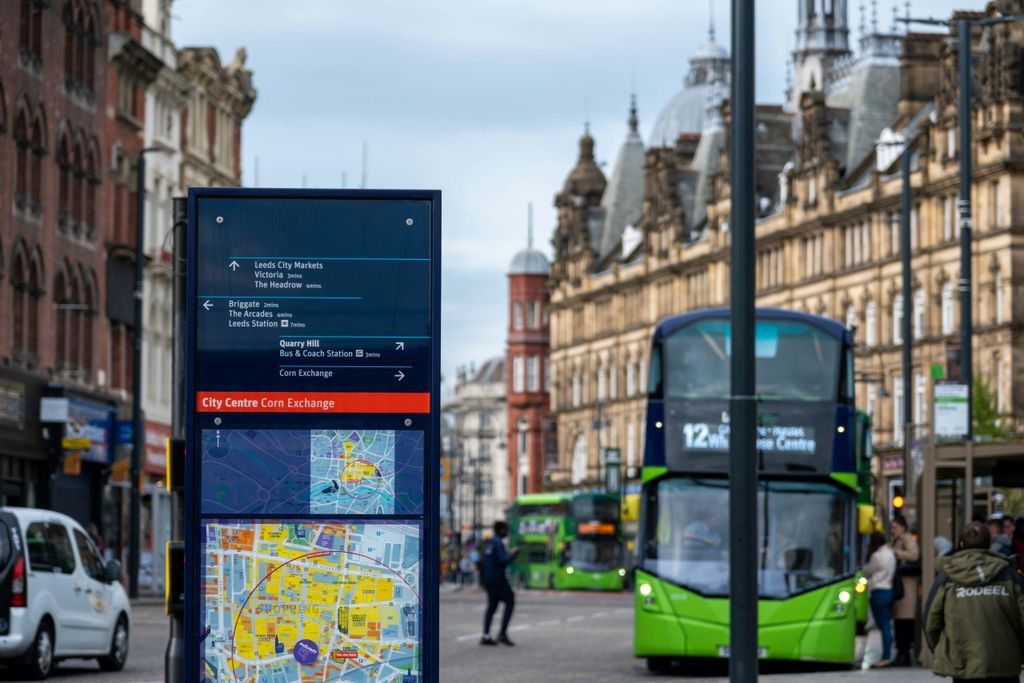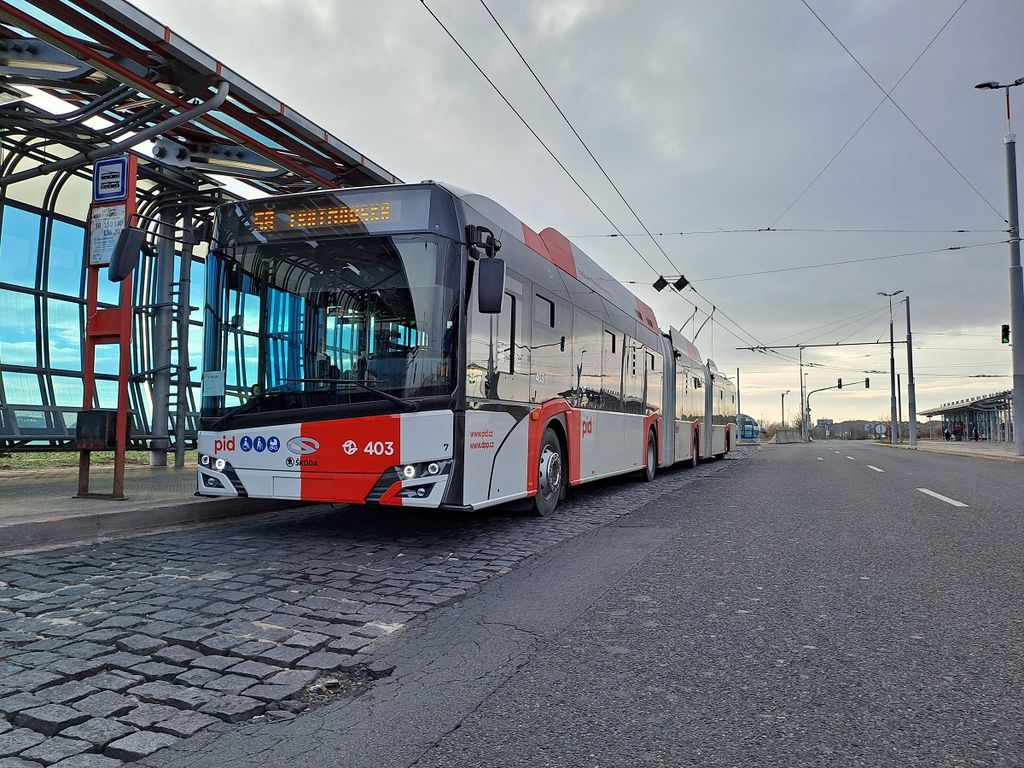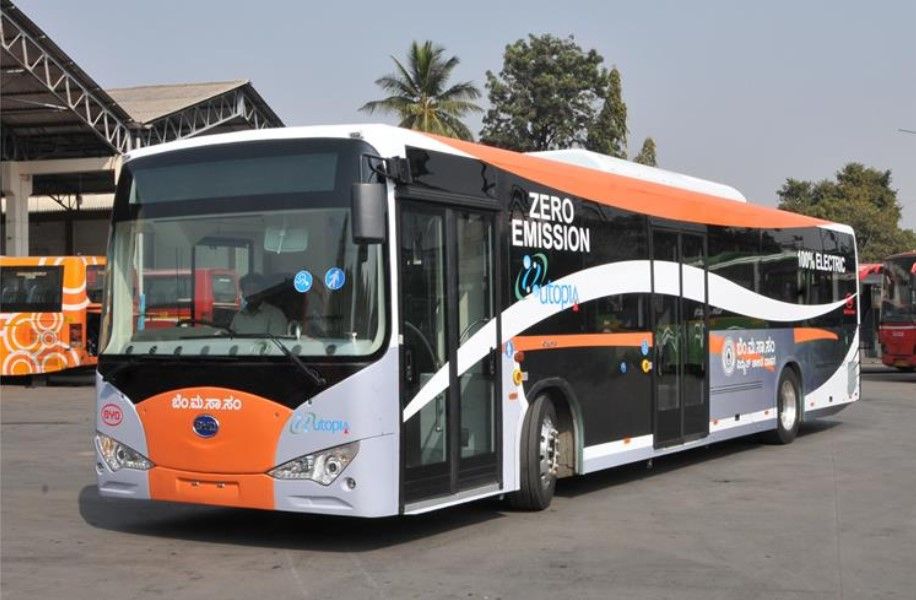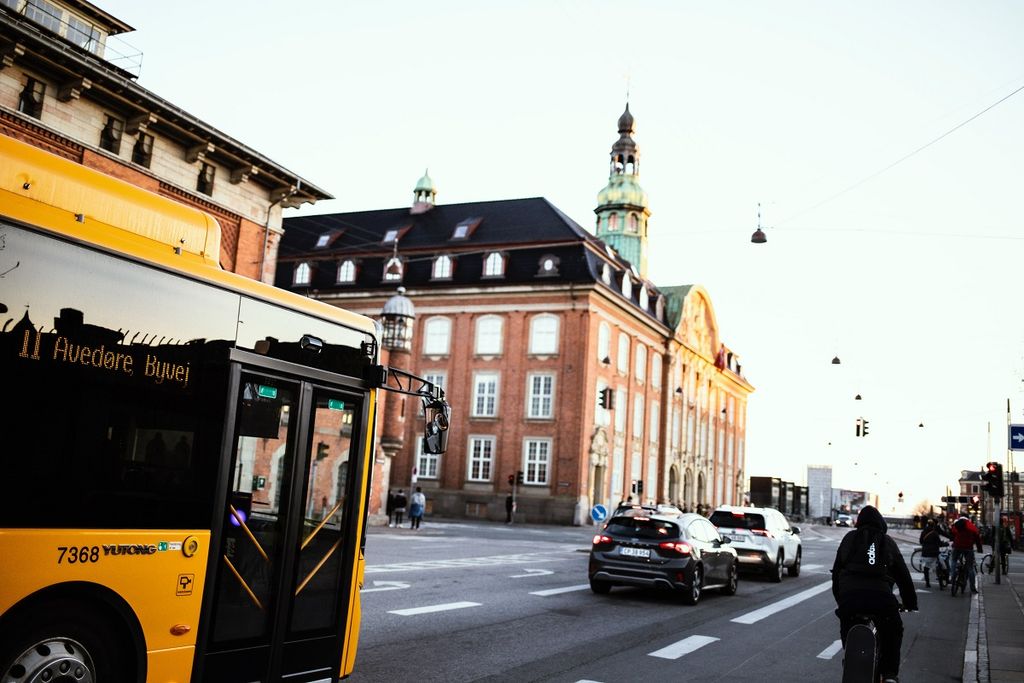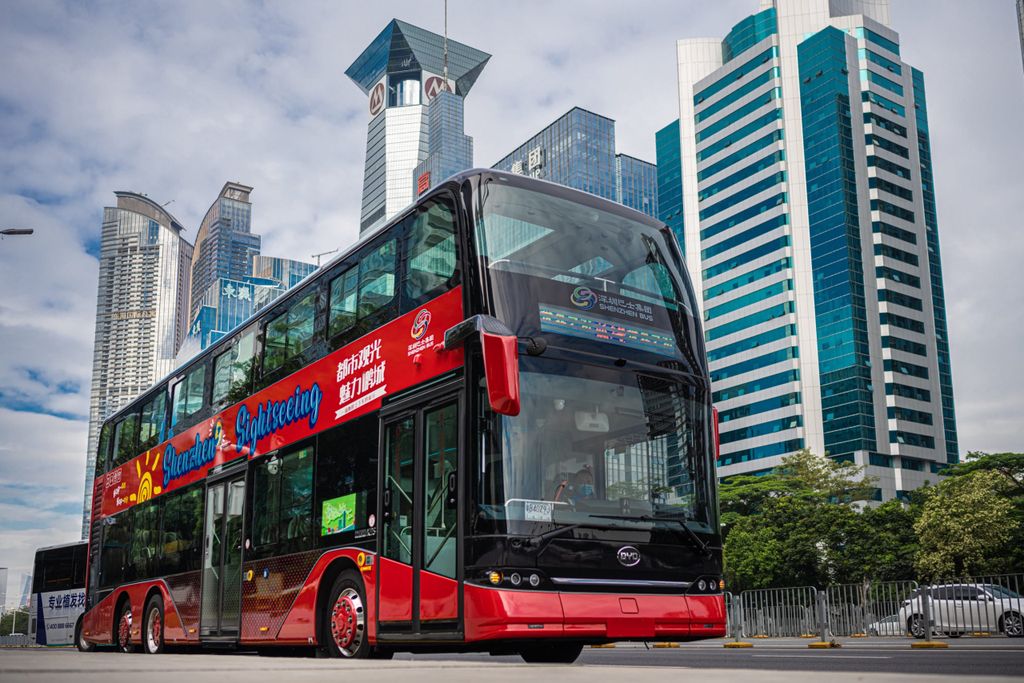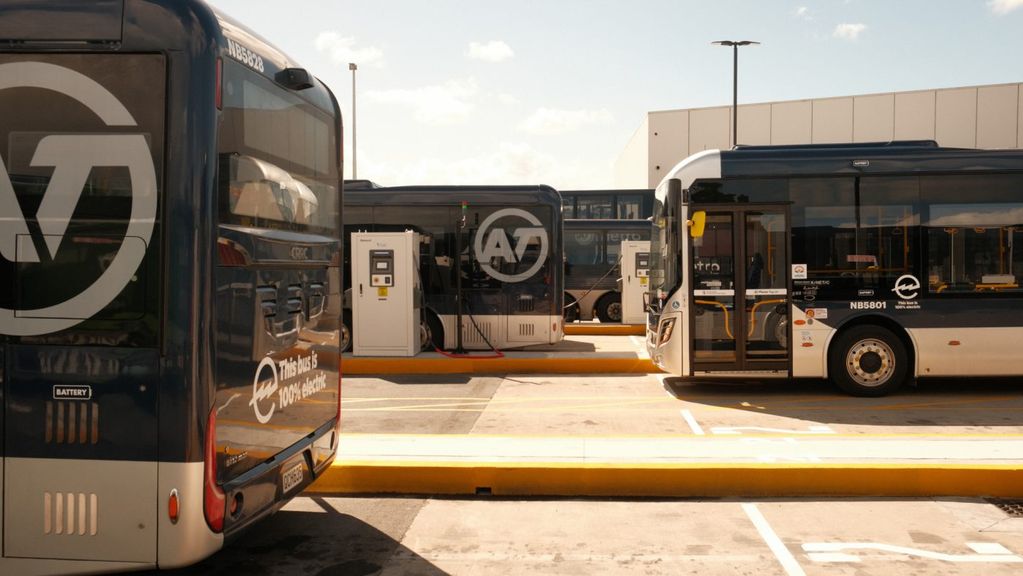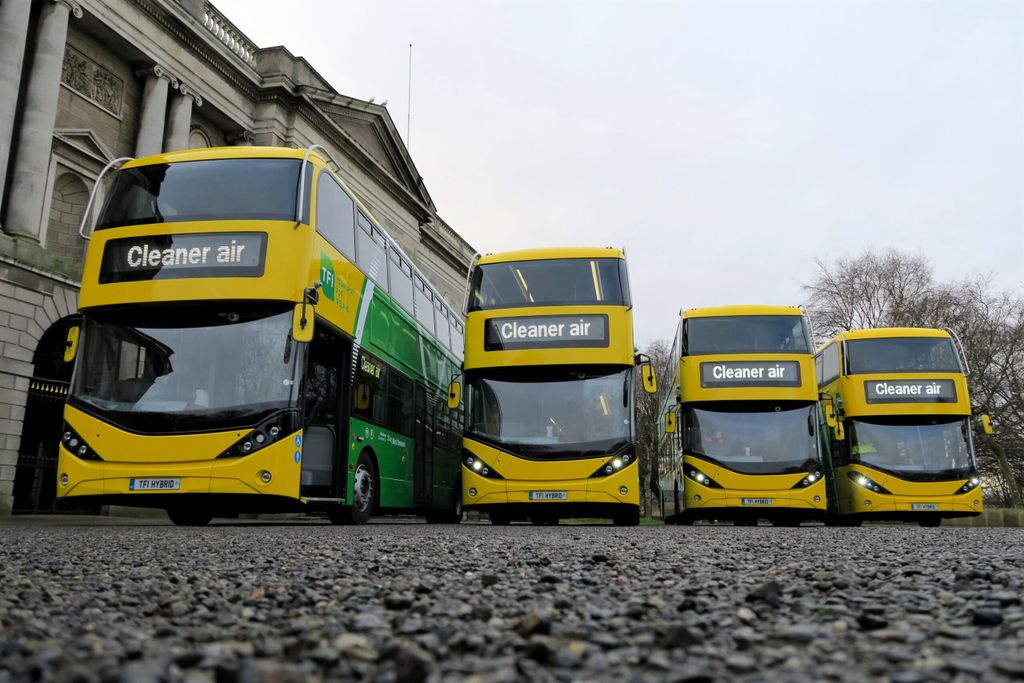
The Future of Buses in Europe: Results of Europe Bus Fleet Survey 2023
Electric bus, trolleybus, hydrogen bus and more
The bus market in Europe is changing. Across the continent, bus fleets are both growing and becoming cleaner. For many bus operators and authorities alike, improving sustainability is an enormous challenge. Ambition is great – but it must go together with realistic targets and feasible expectations of capacity. With that said, the results of our Bus Fleet Survey 2023 indicate that the bus sector is moving in the right direction.
As a part of the ASSURED project, and following the pioneering work of the ZeEUS project and its two e-Bus reports, UITP released the Clean Bus Report in 2022 to provide a clear overview of the evolution of the European bus market. In a sector where data can often be scattered, resources like this are indispensable. And thanks to these initiatives, we are better placed to track the trends that will determine the future of buses in Europe.
The Bus Fleet Survey 2023 is an initiative of the UITP Vehicles and Equipment Industry Committee and builds on the efforts of previous years. With big targets for sustainability set at the European level for 2025 and 2030, it is crucial that the bus sector is aware of its successes and potential pitfalls moving forward.

Background to the study
Organised by UITP, this Europe-wide survey drew contributions from both public and private transport operators (PTOs), as well as public transport authorities (PTAs) that either operate or tender out the service.
The data was collected between March – July 2023.
View the full results! (Members only)
- 54
organisations surveyed; 40 PTOs and 14 PTAs
- 21
European countries
- 40,899
bus fleet sample, as of the end of 2022
- 2000
average vehicles per country
Europe’s bus fleet is getting cleaner
Fleet evolution data, provided by three-quarters of respondents, tells us what changes we can expect over the next decade. Currently, around a quarter of all buses covered in the survey are zero emissions. What’s more, by 2027 this will double, resulting in a 52% clean energy bus fleet, rising to 70% by 2030. Of course, for cities that aim to achieve climate neutrality before the decade’s end, such as the 112 cities in the NetZeroCities project, this progress isn’t quite fast enough.
While diesel buses will drop dramatically, no subregion will be able to do away with them entirely just yet.
- Diesel buses will decline from a total of 12,000 to 4,700 vehicles
- That’s down to just 22% of the entire fleet by 2030
- Nearly two-thirds of diesel buses are operated by PTOs rather than PTAs
- Among the organisations surveyed, there were already four diesel-free fleets running in 2022
- This should quadruple to 16 diesel-free fleets by 2030
The story is similar for natural gas buses. The number of natural gas buses will remain broadly stable at around 2,500 vehicles throughout the decade (about 11% of the analysed fleet), though their prominence will move eastward away from Southern Europe. In Central and Eastern Europe, an increase of natural gas buses will cut into the current fleet of more polluting diesel buses. However, in Southern Europe, natural gas buses will fall from being almost half of the bus fleet today, owing to a near-tenfold rise in the battery electric bus.
Slide through the charts below 👇
By far, of all zero emission vehicles, battery electric buses are the most popular choice. Battery buses will jump from a count of 1,621 in 2022 to nearly 11,000 vehicles in 2030, which would make them more than 50% of the entire fleet. These are predominantly buses that charge overnight by plug, though other technologies like opportunity charging will also be used. In addition, battery trolleybuses will also rise to number nearly 1,000, an increase of more than double. This change takes place most notably in Western Europe, as well as in Central and Eastern Europe, which will be home to around 65% of Europe’s trolleybuses.
Of course, battery electric buses and trolleybuses are only as sustainable as the energy that powers them! Given this, actually decarbonising a bus fleet means looking beyond the vehicles themselves, in fact we must ensure the sustainability of the whole energy supply. This will require substantial effort and collaboration with the energy sector.
Meanwhile, hydrogen buses will remain a small part of the European bus fleet. From a base of just 19 vehicles in 2022, the survey predicts a modest rise in almost all countries surveyed to just under 350 vehicles. Still, hydrogen buses will form under 2% of the total bus fleet in Europe by 2030. Equally, while innovative fuels like hydrogen and biofuel will help cut emissions, data from the surveyed organisations suggest that they will not claim a bigger share of the bus market than today.

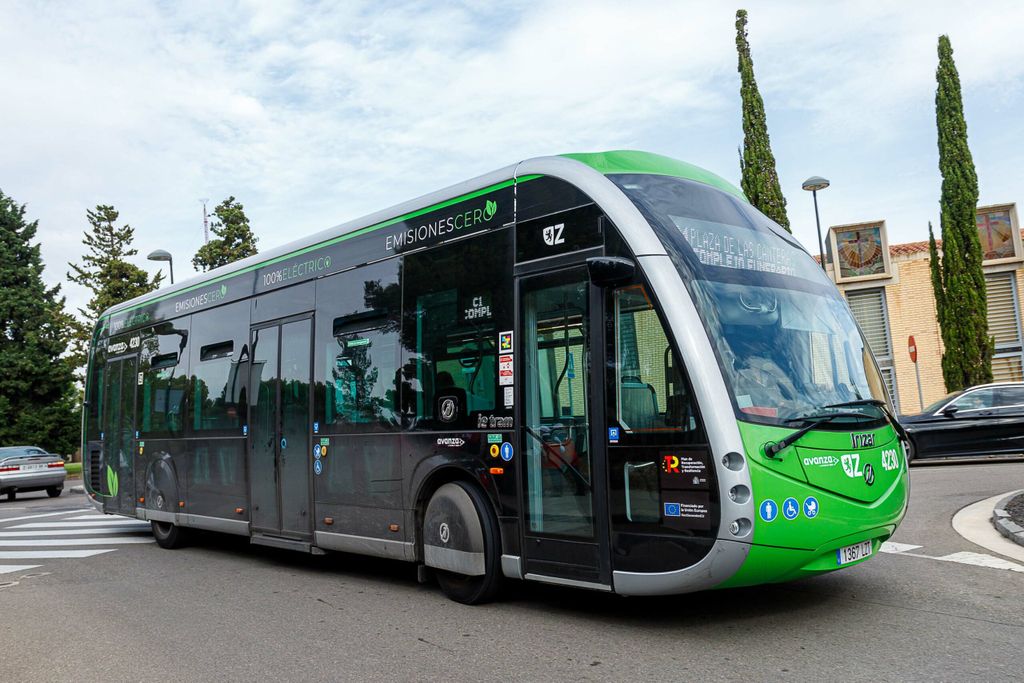
Bigger bus fleets, more public transport
Going by the 40+ organisations across Europe that shared their fleet evolution data, the size of the total European bus fleet is set to increase by around 6% by 2030. In Western Europe, the rise reaches an impressive 10%. To be sure, the future of buses in Europe is clear – more and cleaner buses!
- Bus fleet size will rise 11% in urban areas of 100,000-250,000 residents
- Number of articulated buses will grow in all regions of Europe
- Public operators’ bus fleets will increase by 6.7% by 2030
- Meanwhile privately operated bus fleets will jump 7.6%
The growth in bus fleets will be crucial to meet rising demand in Europe. According to the International Transport Forum, Europe will have the highest passenger demand growth of any high-income region over the next few decades, even more than the global average.
“Demand is set to keep growing, for both passenger and freight transport, increasing the challenge for strategies aimed at CO2 mitigation… Among high-income economies, Europe has the highest growth (89%)”.
But private and public bus organisations have different views on the feasibility of this future. While two-thirds of respondents see it very likely that they will operate more services by 2030, just 43% of private bus operators expect the same.
There remain key barriers to the energy transition
Different regions have different concerns. Even still, some significant challenges are highlighted in the survey which must be solved to provide Europe with more and better bus fleets by 2030.
- Northern Europe
Availability of bus vehicles on the market
- Central and Eastern Europe
Availability of subsidies
- Western Europe
Bus depot conversion
- Southern Europe
Availability of subsidies
Combined with these challenges, the workforce is shrinking. According to statistics from ALSA, the main private bus operator from Spain, around 16,000 drivers will retire every year over the next decade – with too few new ones to replace them. To tackle this issue, UITP has launched a workforce taskforce.
Bus fleets are changing
Cleaner buses, bigger fleets. That’s what the bus sector itself sees as the future of the bus in Europe. There is still progress to be made – diesel and gas vehicles will continue to be a part of the bus fleet in 2030, almost a third of organisations haven’t yet adopted any methodology to calculate carbon emissions, and the sector as a whole has identified in particular a lack of stable investment and reliable financial planning to enable them to meet the scope of the challenge.
Ultimately, the question is about efficiency. Energy-efficient bus fleets do more with less; freeing up costs to spend elsewhere and energy for the electrification of other operators/services. If we are to build cities that run on sustainable mobility, reducing emissions and creating a better quality of life for all citizens, then unlocking the ambition of the sector is a must.
To see the full results of the Bus Fleet Survey 2023, click below.
View the full results! (Members only)
exclusive resources

